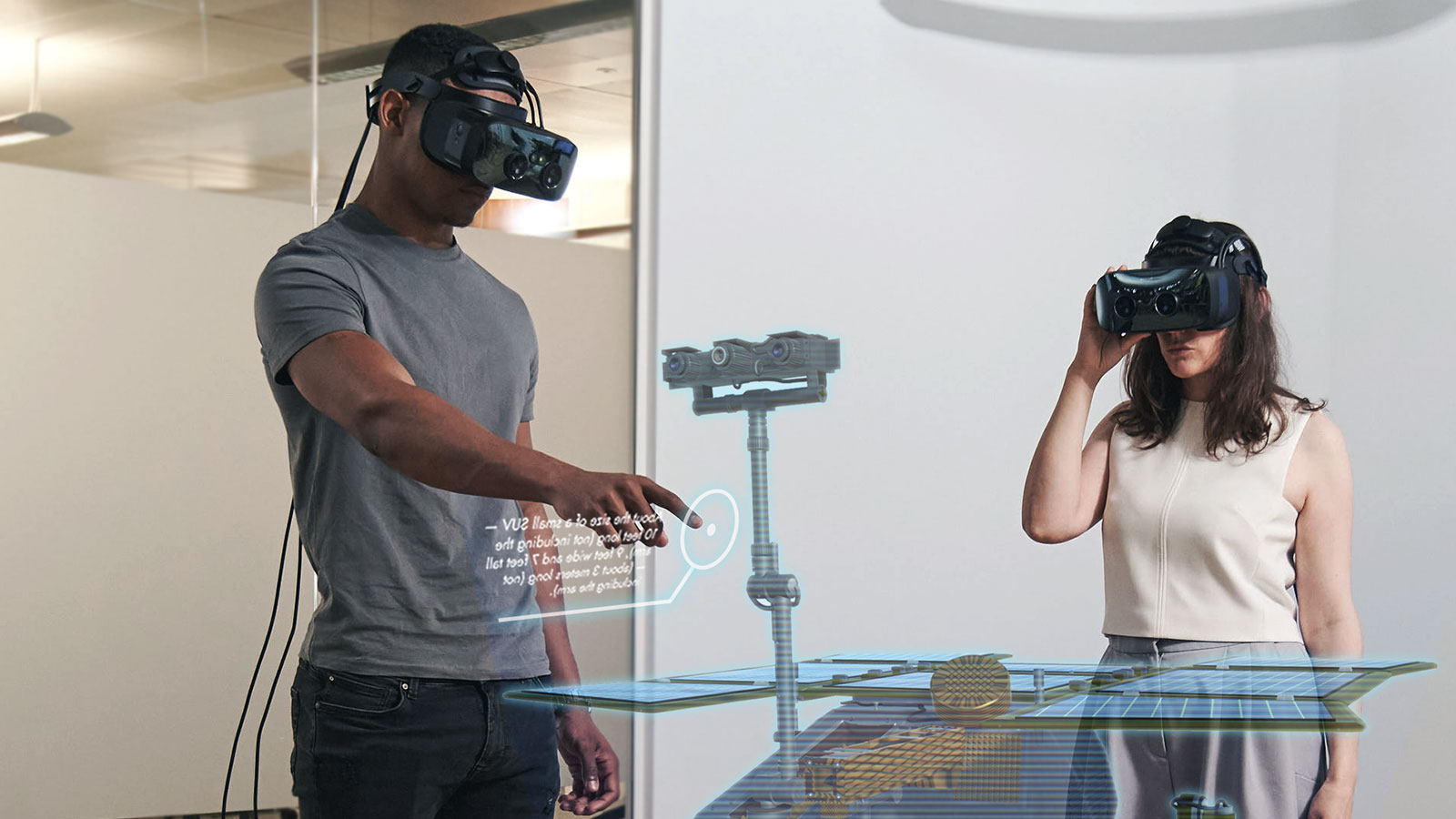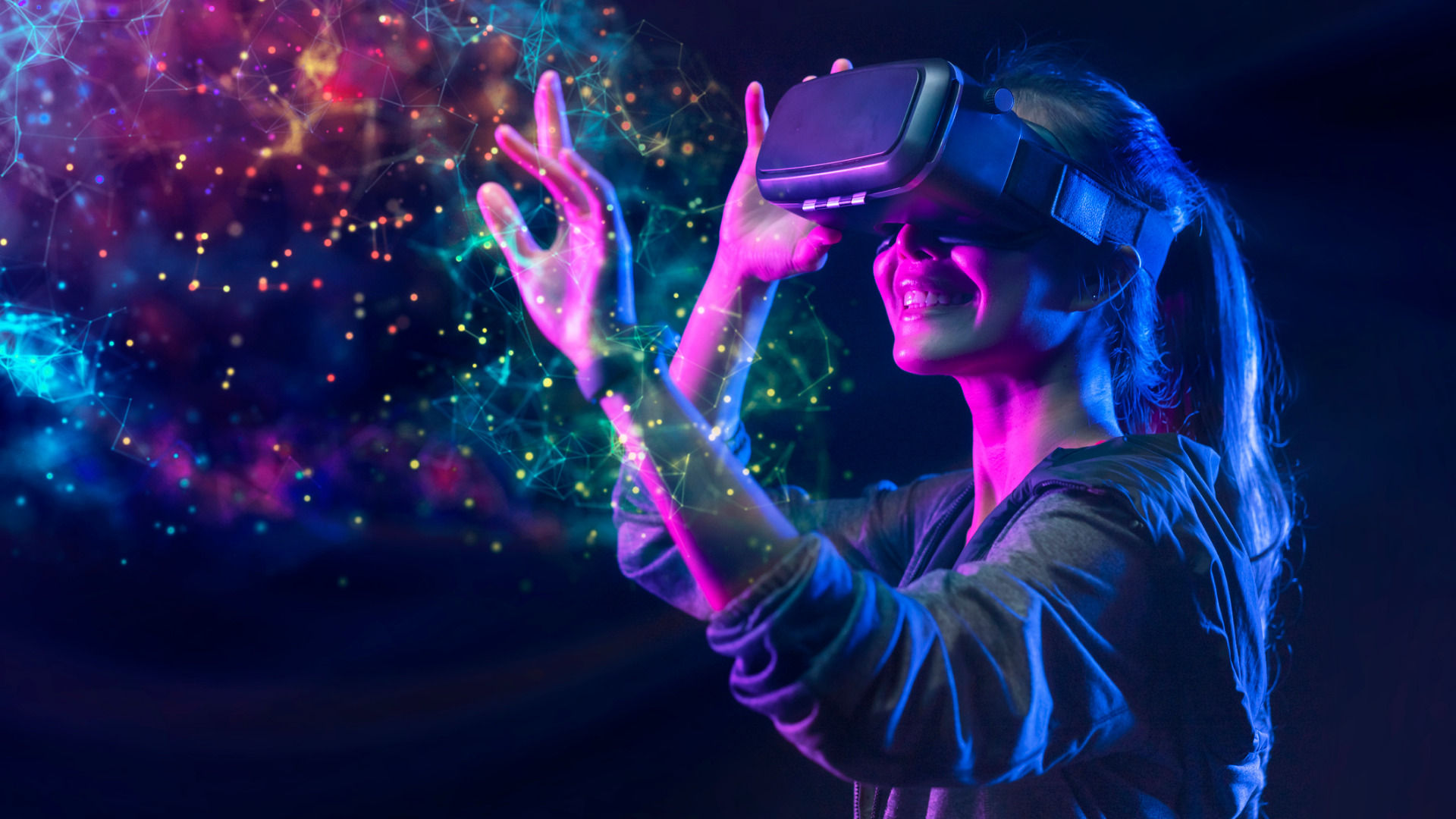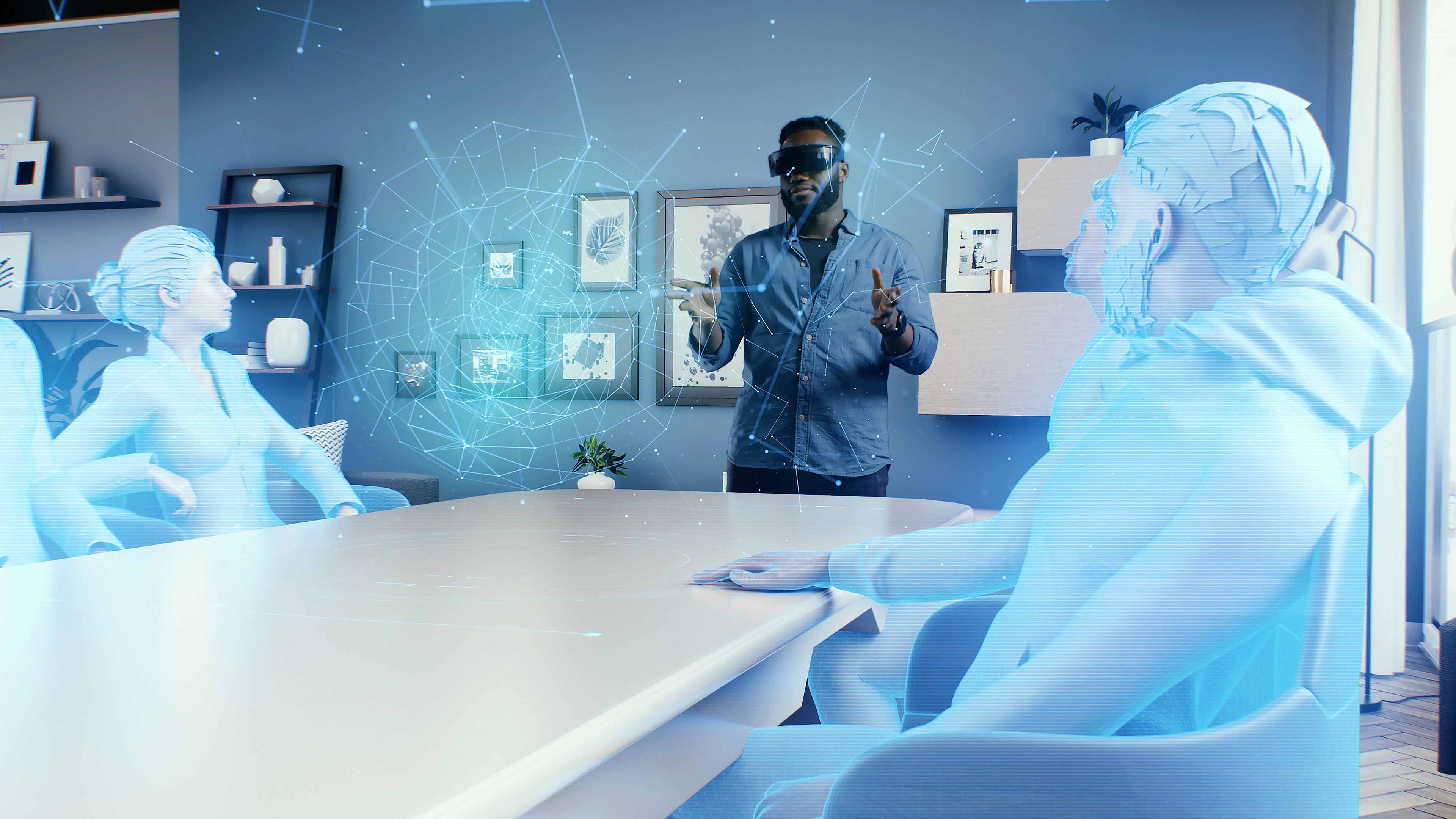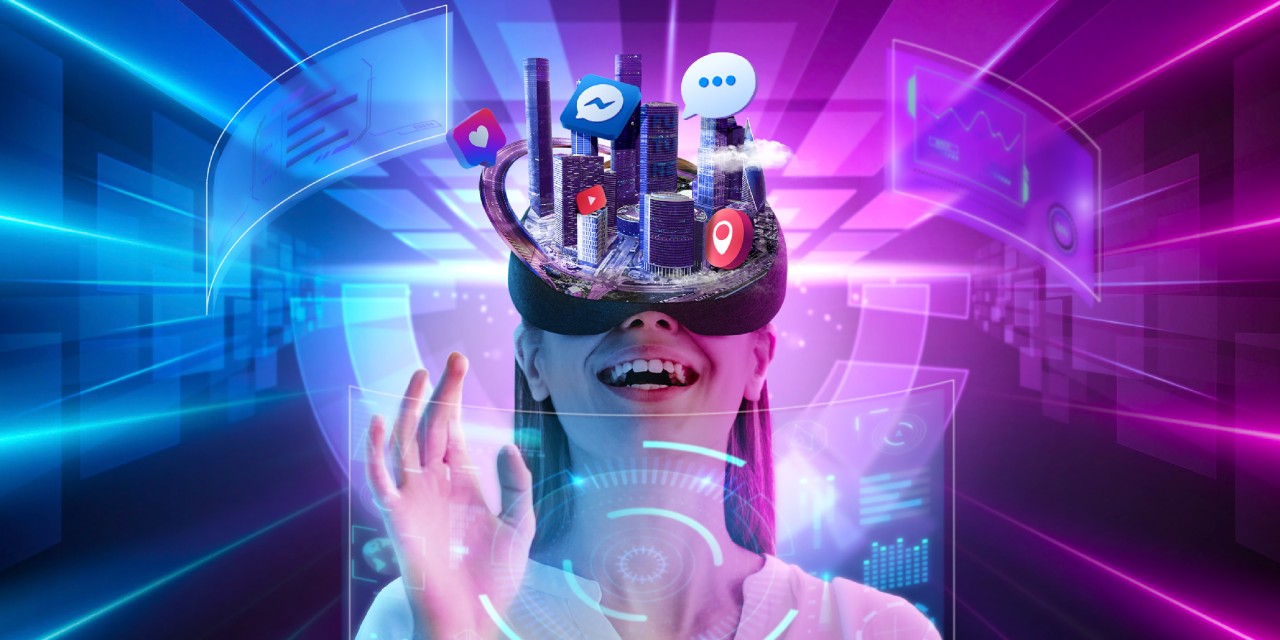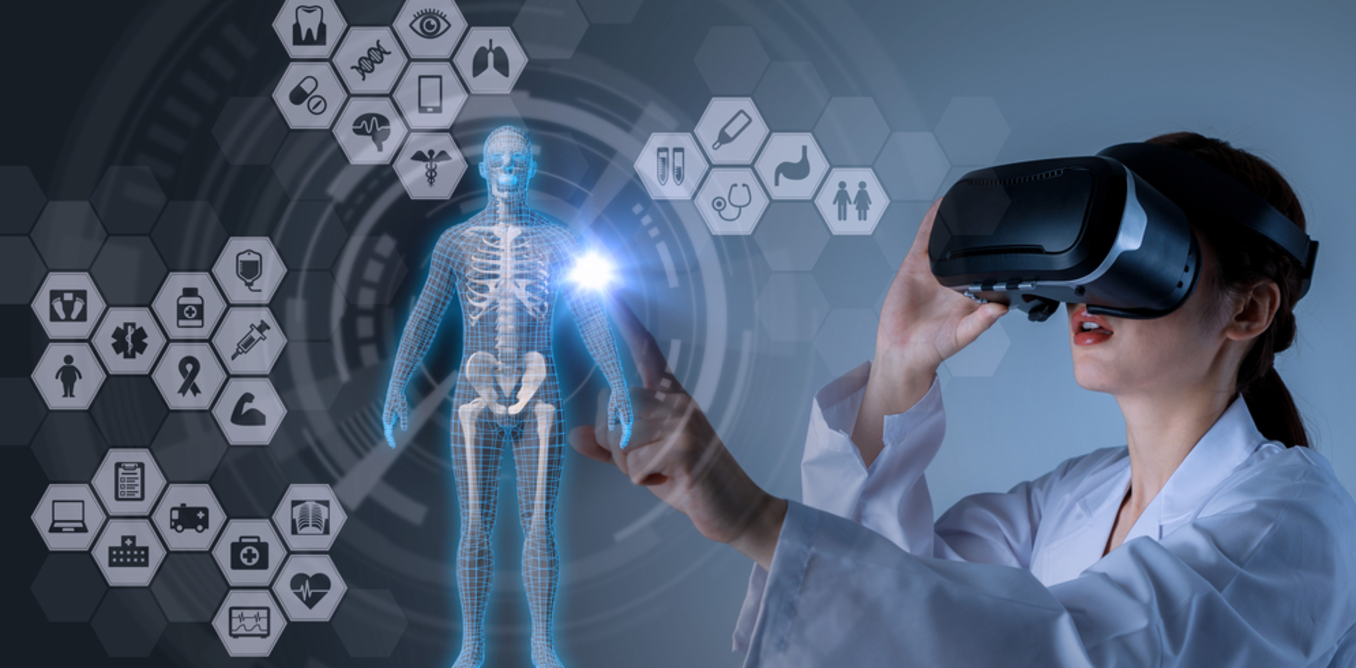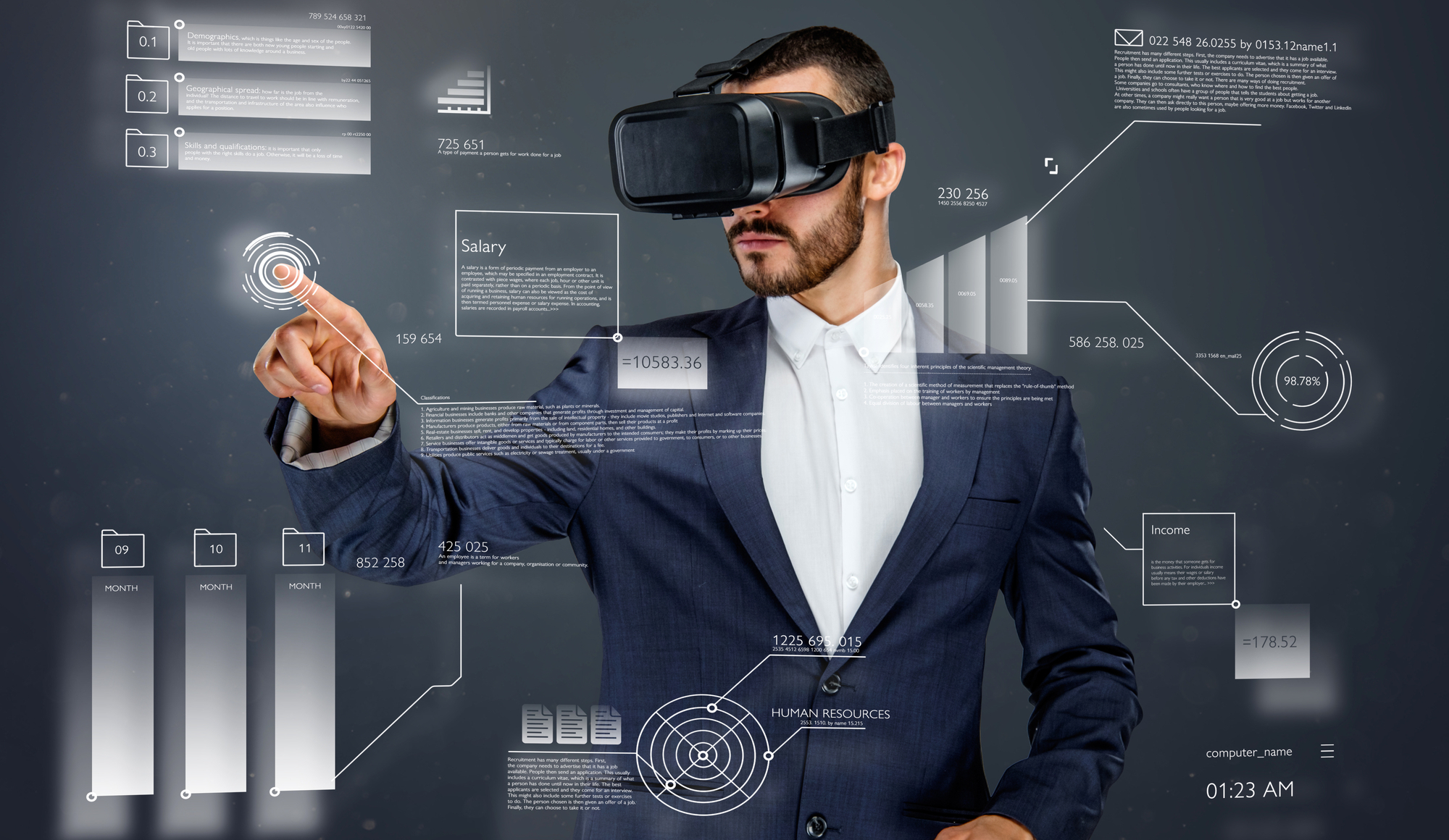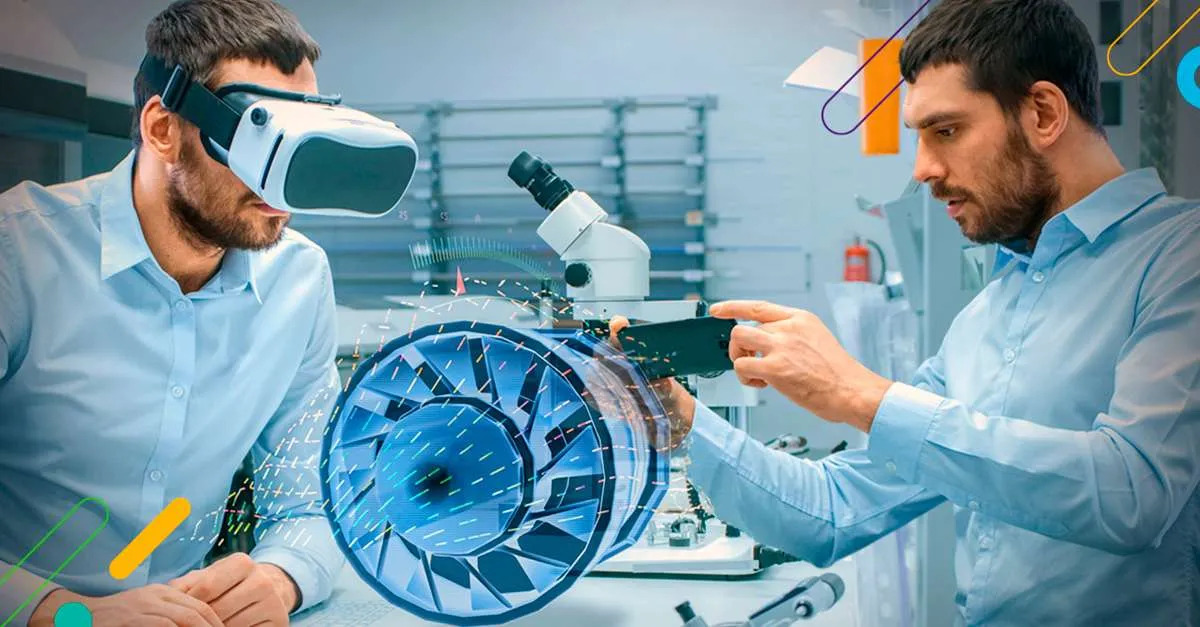Benefits of Virtual Reality for Training
Virtual Reality (VR) has emerged as a revolutionary tool for training in various industries. By immersing trainees in realistic and interactive virtual environments, VR offers a range of benefits that traditional training methods simply cannot match. Here are some of the key advantages of using VR for training:
1. Enhanced Engagement: One of the greatest advantages of VR training is the high level of engagement it provides. Trainees are actively involved in the learning process, as they can interact with virtual objects and scenarios in real-time. This hands-on approach enhances knowledge retention and skill development.
2. Realistic Simulations: VR offers the ability to create highly realistic training simulations, replicating complex and potentially hazardous scenarios in a safe environment. Whether it’s practicing surgical procedures, emergency response tactics, or even operating heavy machinery, trainees can gain practical experience without any real-world consequences.
3. Cost-Effective: Conducting traditional training programs often incurs significant costs, including travel expenses, equipment setup, and instructor fees. Through VR training, organizations can save on these expenses by providing virtual training experiences that can be accessed remotely, eliminating the need for physical resources.
4. Time Efficiency: VR training allows trainees to rapidly acquire new skills or knowledge. By immersing trainees in virtual scenarios, they can practice and master tasks at their own pace, without the limitations of real-world environments. This saves time and enables organizations to train larger groups of employees simultaneously.
5. Personalized Learning: VR training offers the flexibility to tailor the learning experience to individual trainees. By collecting data on trainee performance, trainers can adapt the virtual environment to address specific training needs. This personalized approach enables more efficient and effective learning outcomes.
6. Risk-Free Environment: In industries where safety is a critical concern, such as aviation or construction, VR training provides a risk-free environment for trainees to practice complex and potentially dangerous tasks. Mistakes made in virtual environments have no real-life consequences, allowing trainees to learn from their errors without compromising safety.
7. Remote Training: VR training can be accessed remotely, which is particularly beneficial in situations where trainees are located in different geographical locations. Through virtual collaboration tools, trainees can interact and learn together, fostering a sense of teamwork and enhancing communication skills.
These are just a few of the many advantages that virtual reality brings to training programs. As the technology continues to evolve, the possibilities for immersive and effective training experiences are endless.
Types of Training that Can Benefit from Virtual Reality
Virtual Reality (VR) has the potential to revolutionize training across various industries and sectors. Its immersive and interactive nature makes it particularly well-suited for certain types of training. Here are some areas where VR can make a significant impact:
1. Technical Skills Training: VR can provide exceptional training opportunities for technical skills that require practice in realistic settings. For example, industries like manufacturing, engineering, and healthcare can benefit from VR simulations that allow trainees to practice procedures and operations in a controlled environment. By replicating complex machinery and processes, VR helps trainees gain hands-on experience and develop the necessary proficiency.
2. Safety Training: VR is an excellent tool for training employees in safety protocols and procedures. Industries like construction, mining, and oil and gas can utilize VR to simulate dangerous scenarios and teach workers how to react appropriately. By immersing trainees in realistic situations, VR training can effectively enhance safety awareness and improve emergency response.
3. Soft Skills Training: Virtual Reality can also be valuable for developing soft skills such as communication, leadership, and teamwork. VR simulations can create realistic social scenarios and allow trainees to practice their interpersonal skills. This is especially useful for industries like customer service, sales, and hospitality, where effective communication and customer interaction are vital.
4. Customer Service Training: VR can provide an immersive environment for customer service training, allowing trainees to interact with virtual customers and handle different scenarios. This type of training helps employees develop empathy, active listening, and problem-solving skills, ultimately leading to improved customer satisfaction.
5. Professional Development: VR can offer valuable opportunities for professional development and continuous learning. Industries like education, healthcare, and corporate training can use VR to provide realistic scenarios for trainees to refine their skills and stay up-to-date with new practices and technologies.
6. Cultural Sensitivity Training: In a globalized world, VR can bridge cultural gaps and promote cultural sensitivity. It can create virtual scenarios that expose trainees to different cultural contexts and help them understand and appreciate diversity. This type of training is essential for industries with diverse workforces, such as international businesses or healthcare providers serving multicultural communities.
These are just a few examples of how different types of training can greatly benefit from the immersive and interactive nature of virtual reality. As VR technology continues to advance, its applications in the training field are expected to expand even further.
Examples of Companies Using Virtual Reality for Training
As virtual reality (VR) technology continues to advance, an increasing number of companies are incorporating VR into their training programs. Here are some notable examples of companies using VR for training:
1. Walmart: The retail giant Walmart has incorporated VR into its training processes for employees. VR simulations allow new employees to experience scenarios such as dealing with holiday rush or handling customer complaints. This immersive training helps employees develop the necessary skills and confidence to handle real-life situations.
2. UPS: United Parcel Service (UPS) uses VR training to prepare their drivers for various scenarios on the road. The VR simulations replicate real-life situations, such as delivering packages in urban areas or navigating through adverse weather conditions. This helps drivers improve their skills and make better-informed decisions, leading to safer and more efficient deliveries.
3. Ford: Ford has embraced VR to train their employees in design and manufacturing processes. Using VR headsets, designers and engineers can visualize and interact with virtual prototypes of vehicles, allowing for more efficient design iterations and quality control. This technology enables Ford to streamline their production processes and enhance product development.
4. Westin Hotels & Resorts: Westin Hotels & Resorts utilizes VR for employee training in customer service. VR simulations allow employees to practice scenarios such as checking in guests, handling guest complaints, and delivering personalized service. This immersive training helps employees enhance their interpersonal skills and deliver memorable guest experiences.
5. KFC: Kentucky Fried Chicken (KFC) has introduced VR training modules for their employees to learn how to prepare their famous fried chicken. The interactive VR experience guides employees through the entire cooking process, ensuring consistency and quality control. This approach has proven to be an engaging and effective method for training KFC staff worldwide.
6. Airbus: Airbus, the multinational aerospace corporation, uses VR for pilot training. The VR simulations replicate various flying conditions and emergency scenarios, allowing pilots to practice and improve their skills in a safe and controlled environment. This reduces training costs and enhances pilot performance and safety.
7. Hilton Hotels & Resorts: Hilton Hotels & Resorts has incorporated VR training for their housekeeping staff. VR simulations provide a hands-on experience in cleaning and maintaining hotel rooms, including identifying and addressing potential hazards or security concerns. This training ensures that Hilton’s high standards of cleanliness and guest satisfaction are consistently met.
These examples illustrate the diverse range of industries that have embraced VR technology to enhance their training programs. The immersive and interactive nature of VR provides a valuable tool for companies to improve employee performance, efficiency, and overall customer satisfaction.
Virtual Reality for Technical Skills Training
Virtual Reality (VR) has become a powerful tool for enhancing technical skills training across various industries. By immersing trainees in realistic and interactive virtual environments, VR enables hands-on practice and replication of complex procedures and tasks. Here are some key benefits and applications of using VR for technical skills training:
1. Realistic Simulations: VR allows trainees to practice technical skills in highly realistic simulations. For example, in the medical field, VR can replicate surgical procedures, enabling trainee surgeons to perform virtual surgeries in a safe environment. Similarly, in manufacturing or engineering, trainees can practice operating machinery or conducting complex tasks without the risk of real-world consequences.
2. Equipment Familiarization: VR can help trainees become familiar with intricate machinery and equipment. By providing virtual hands-on experience, trainees can learn the functions and operation of complex equipment before working with them in real-life scenarios. This reduces the learning curve and the risk of accidents or mistakes during the initial stages of training.
3. Remote Training: VR training can be accessed remotely, allowing trainees to access training modules from different locations. This is particularly valuable for industries with a dispersed workforce or when travel is not feasible. Trainees can access virtual training environments and receive real-time guidance from instructors, creating a collaborative and flexible learning experience.
4. Error Analysis and Feedback: VR allows for detailed analysis of trainee performance and errors. Trainers can closely monitor trainee interactions within the virtual environment and provide immediate feedback on areas that need improvement. This personalized feedback helps trainees identify their weaknesses and work towards refining their technical skills.
5. Safety Training: VR is especially effective for training in high-risk environments. Industries such as aviation, construction, or mining can utilize VR to simulate hazardous scenarios and train employees on safety procedures. By experiencing potential dangers within a virtual setting, trainees can develop the right instincts and responses to ensure their safety and the safety of others.
6. Soft Skills Integration: While technical skills are vital, VR can also be used to integrate soft skills into technical training. Trainees can practice communication, teamwork, and problem-solving within virtual environments, enhancing their overall professional competency.
Virtual Reality offers an immersive and engaging learning experience for technical skills training. Its ability to replicate real-life scenarios and provide interactive practice has proven to be highly effective in various industries. As VR technology advances, it will continue to revolutionize the way technical skills are taught and acquired.
Virtual Reality for Soft Skills Training
Virtual Reality (VR) is not only beneficial for technical skills training but also for developing and enhancing soft skills. Soft skills, such as communication, leadership, and problem-solving, are essential in today’s professional landscape. VR provides a unique and immersive platform for individuals to practice and refine these skills. Here are some key advantages and applications of using VR for soft skills training:
1. Realistic Social Scenarios: VR creates realistic virtual environments where individuals can interact with virtual characters and experience various social scenarios. Trainees can practice communication skills, such as active listening or giving presentations, in a safe and controlled environment. This allows them to gain confidence and improve their communication abilities without the fear of real-world consequences.
2. Empathy and Cultural Sensitivity: VR can be used to expose trainees to different cultural contexts, fostering empathy and cultural sensitivity. By putting individuals in virtual situations where they can experience diverse perspectives, VR promotes understanding and inclusivity. This is particularly valuable in industries with diverse workforces or those that serve multicultural communities.
3. Teamwork and Collaboration: VR training can simulate group settings, allowing individuals to practice teamwork and collaboration. Trainees can work together on projects, solve problems, and make decisions within the virtual environment. This helps develop valuable skills for effective teamwork, such as collaboration, conflict resolution, and consensus-building.
4. Leadership Development: VR provides a platform for individuals to practice and develop leadership skills. Trainees can experience leadership scenarios where they need to make decisions, provide guidance, and inspire others. VR training allows individuals to refine their leadership style, decision-making abilities, and emotional intelligence in a controlled and supportive environment.
5. Customer Service and Sales Training: VR is highly effective for training individuals in customer service and sales roles. Through virtual simulations, trainees can practice handling customer interactions, resolving complaints, and upselling products or services. This immersive training enables individuals to develop active listening, problem-solving, and persuasive communication skills.
6. Stress Management and Emotional Intelligence: VR can create virtual scenarios that help individuals practice stress management and emotional intelligence. By exposing trainees to challenging situations and providing tools and techniques for managing stress and emotions, VR training allows individuals to develop resilience and emotional agility.
Virtual Reality offers an innovative and effective method for soft skills training. By providing realistic experiences and interactive simulations, VR allows individuals to develop these essential skills in a safe and controlled environment. As VR technology continues to evolve, its potential for soft skills training will only continue to expand.
Limitations of Virtual Reality for Training
While Virtual Reality (VR) offers numerous benefits for training, it is important to recognize and understand its limitations. Here are some key limitations of VR for training:
1. Cost: Implementing VR training can be costly, especially when considering the required hardware, software, and content development. High-quality VR equipment and software can be expensive, making it a significant investment for organizations. Additionally, regular maintenance and updates may also incur additional costs.
2. Technical Complexity: VR training requires technical expertise and infrastructure. Setting up VR systems and troubleshooting technical issues can be complex and time-consuming. Trainers and trainees may require training and technical support to effectively utilize VR systems, which can add to the overall implementation challenges.
3. Motion Sickness: Some individuals may experience motion sickness or discomfort when using VR, particularly in scenarios with rapid movements or artificial locomotion. This can limit the duration of training sessions and affect the effectiveness of the training experience for those who are susceptible to motion sickness.
4. Limited Physical Interactions: In VR training, physical interactions with real-world objects may be limited or absent. Trainees might not have the opportunity to practice certain actions or use physical tools and equipment that are crucial in their training. This limitation can impact the practicality and applicability of the training experience.
5. Lack of Real-time Feedback: While VR can provide immediate feedback on trainee performance within the virtual environment, it may not capture all aspects of real-time feedback. For instance, subtle facial expressions or body language cues from trainers or peers may be missed in a virtual setting. This can impact the trainee’s ability to accurately assess and improve their performance.
6. Limited Transferability: VR training experiences may not always seamlessly translate to real-world performance. While trainees may excel in a virtual environment, transferring acquired skills to real-life scenarios might be challenging. This limitation emphasizes the need for additional, real-world practice and reinforcement to ensure the successful application of skills learned in VR.
7. Content Development and Customization: Developing customized VR training content can be time-consuming and require significant resources. Creating realistic and effective virtual environments necessitates careful planning and expertise in instructional design. Organizations may also require ongoing content updates to keep up with evolving technologies and practices.
Despite these limitations, the benefits of VR for training are significant. By understanding and addressing these limitations, organizations can optimize the effectiveness and efficiency of VR training programs.







